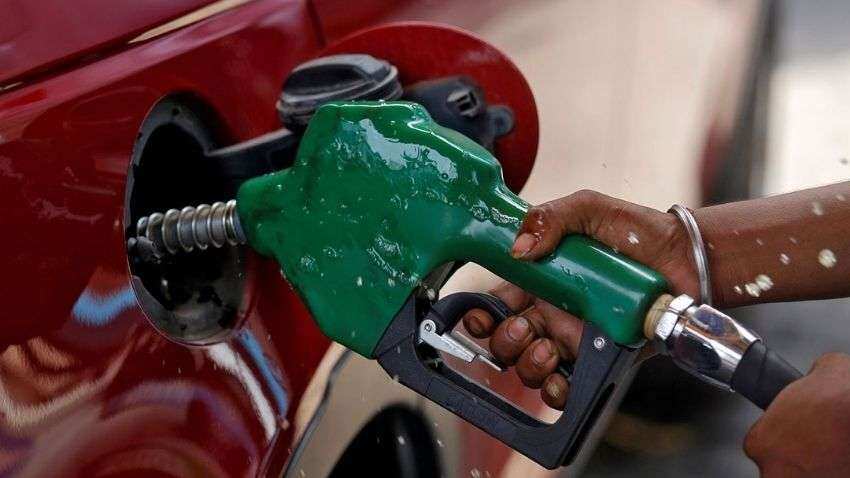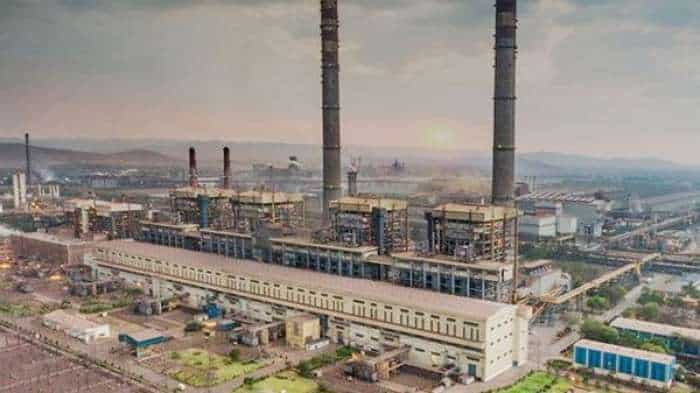Petrol, diesel price hikes may restart from next week as crude oil hits USD 110 mark

Petrol and diesel price hikes are likely to come next week to bridge the gap of Rs 9 per litre created by the increase of USD 100 per barrel in international oil prices, PTI reported.
Petrol and diesel price hikes are likely to come next week to bridge the gap of Rs 9 per litre created by the increase of USD 100 per barrel in international oil prices, PTI reported.
Fears that oil and gas supplies from energy powerhouse Russia might be disrupted, either by the crisis in Ukraine or punitive western sanctions, pushed international crude oil prices above USD 110 a barrel on Wednesday for the first time since mid-2014.
According to data from the oil ministry's Petroleum Planning and Analysis Cell (PPAC), the basket of crude oil India buys surged beyond USD 102 per barrel on March 1, reaching its highest level since August 2014, PTI said.
This compares to an average price of USD 81.5 per barrel for the Indian basket of crude oil when the price of gasoline and diesel was frozen in early November last year.
"With state elections getting over next week, we expect daily fuel price hikes to restart across both gasoline and diesel," JP Morgan said in a report.
The seventh and final phase of voting for the Uttar Pradesh legislative assembly is on March 7, with the results expected on March 10.
Indian Oil Corporation (IOC), Bharat Petroleum Corporation Ltd (BPCL), and Hindustan Petroleum Corporation Ltd (HPCL), all state-owned fuel retailers, are making a loss of Rs 5.7 per litre on petrol and diesel. This is without taking the customary margin of Rs 2.5 per litre.
Retail prices need to rise by Rs 9 per litre, or 10%, according to the brokerage, for oil marketing companies to return to normalised marketing margins.
"We expect a combination of small excise duty cuts (Rs 1-3 per litre) and retail price hikes (Rs 5-8 a litre) to reflect the pass-through of USD 100 per barrel oil," it said.
Russia produces a third of Europe's natural gas and around 10 percent of the world's oil. Approximately a third of Russian gas supplies to Europe pass through Ukraine via pipelines, as per PTI mentioned.
Russian supplies, on the other hand, make up a relatively minor fraction of India's imports. In 2021, India purchased 43,400 barrels per day of oil from Russia (about 1% of total imports), while coal imports from Russia were 1.8 million tonnes or 1.3 percent of total coal imports.
"However, in the event sanctions spared energy transactions but were intensified in other areas, our baseline view was that crude prices would rise to average USD 110 in 2Q22 (April-June) with prices spiking to USD 120 a barrel in the interim as markets priced retaliatory measures by Russia, such as curtailing oil supply," PTI said.
India also purchases 2.5 million tonnes of LNG per year from Russia's Gazprom. While supplies appear to be of little concern to India at the time, it is the costs that are causing anxiety.
According to PTI, domestic fuel prices, which are directly related to international oil prices since India imports 85% of its oil, have remained unchanged for an unprecedented 118 days.
Pricing is meant to be updated on a daily basis, but state-owned fuel retailers IOC, BPCL, and HPCL froze rates before electioneering in Uttar Pradesh, Punjab, and three other states began.
In Delhi, a litre of petrol costs Rs 95.41, and a litre of diesel costs Rs 86.67. This price includes the state government's reduction in the VAT rate and the reduction in excise charge. Prior to these tax cuts, the price of petrol had reached an all-time high of Rs 110.04 a litre, while diesel was priced at Rs 98.42.
Brent soared to a high of USD 86.40 a barrel on October 26, 2021, as a result of this pricing. Brent peaked at USD 82.74 per barrel on November 5, 2021, before falling to USD 68.87 per barrel in December, said PTI.
Though JP Morgan expects oil to fall to USD 86 per barrel by the end of the third quarter, it might hit USD 150 if Russian energy exports are halted.
"To summarise, in the event of completely shutting Russian oil supply (that is partially offset by a resumption of Iran exports and the use of strategic oil reserves), crude oil was forecasted to rise to USD 150 per barrel."
Get Latest Business News, Stock Market Updates and Videos; Check your tax outgo through Income Tax Calculator and save money through our Personal Finance coverage. Check Business Breaking News Live on Zee Business Twitter and Facebook. Subscribe on YouTube.



